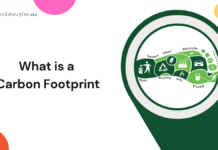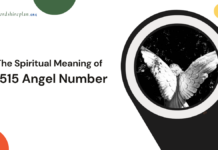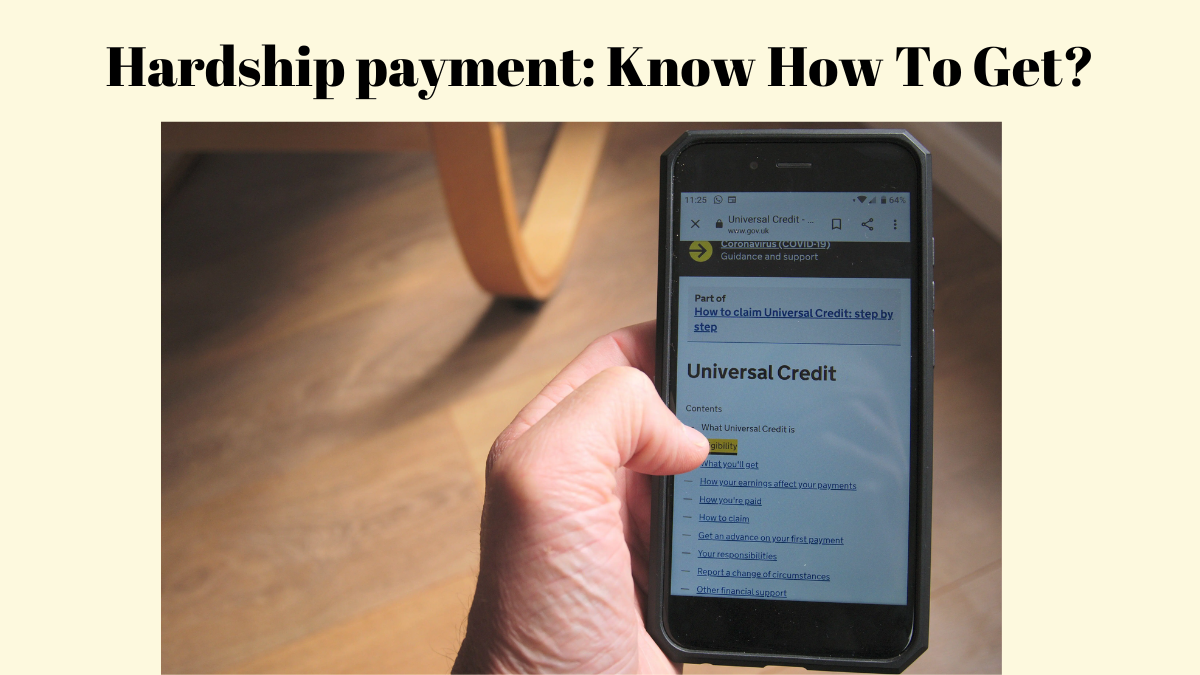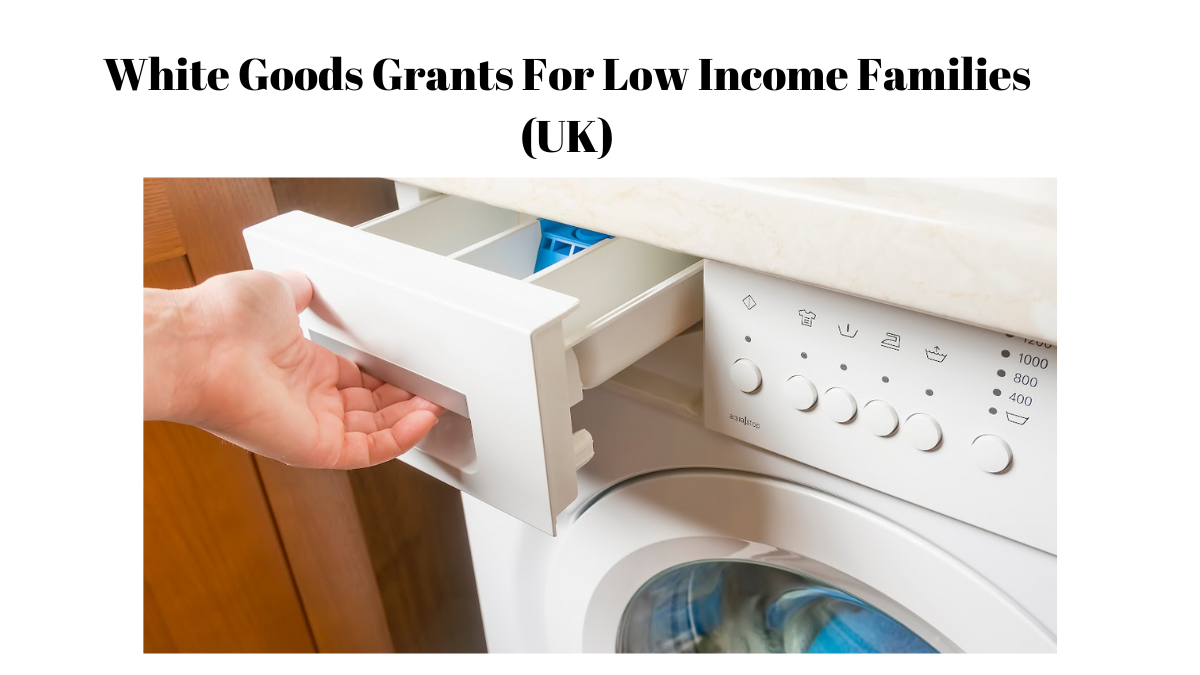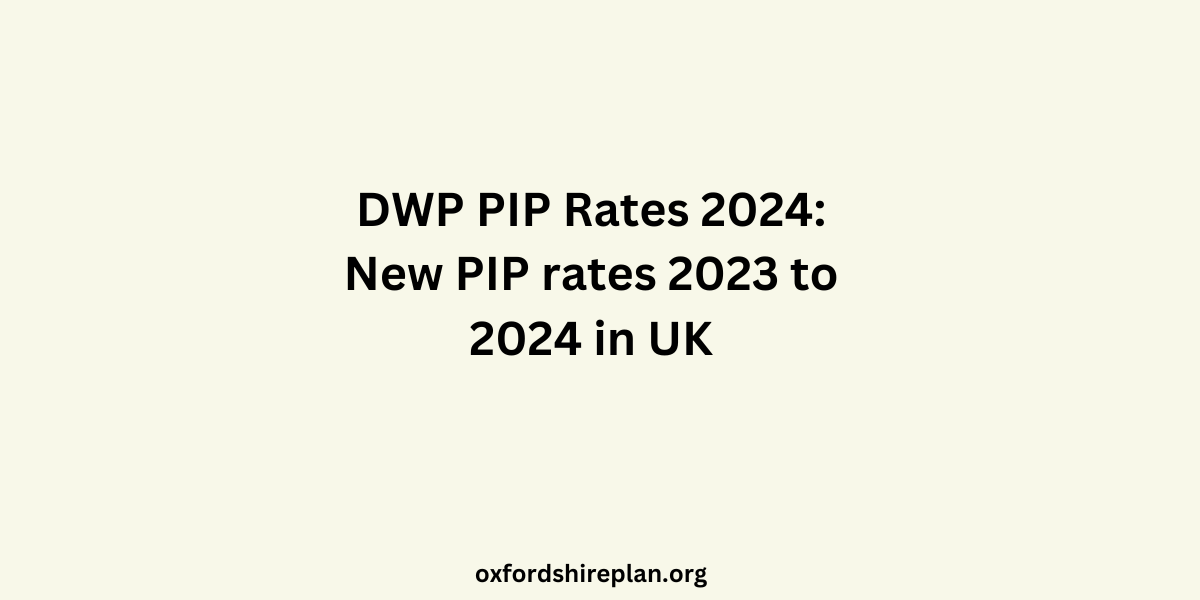If you have been sanctioned, you might be struggling to make ends meet. A hardship payment can help you cover essential expenses like food and bills. This article will explain what a hardship payment is, how to apply, and what you need to know.
Contents
- What is a Hardship Payment?
- How to Apply for a Hardship Payment?
- What You Need to Know?
- Eligibility to get hardship payment
- Who to do If you are not eligible for a hardship payment?
- Other Options for Help
- How much hardship payment will I get?
- Frequently Asked Questions
- What is a sanction?
- How do I apply for a hardship payment?
- What do I need to provide to apply for a hardship payment?
- How much will I get if I am eligible for a hardship payment?
- Do I have to pay back a hardship payment?
- Read More:
What is a Hardship Payment?
A hardship payment is a loan from the government to help you with living costs while you are on a sanction. It is usually 60% of the amount you were sanctioned by in the last month. You’ll need to pay it back when your sanction ends.
How to Apply for a Hardship Payment?
To apply for a hardship payment, you will need to contact your local Jobcentre. They will assess your situation and decide if you are eligible. You will need to provide:
- Proof of your income and living costs
- A budget or financial statement showing your monthly income and expenses
- Details of what you have done to reduce your non-essential costs
What You Need to Know?
- A hardship payment is a loan, so you will need to pay it back when your sanction ends.
- The Jobcentre will usually take the money back by taking an amount from your Universal Credit payment each month until it is paid off.
- You can apply for a hardship payment to help you until your next Universal Credit payday.
Eligibility to get hardship payment
To be eligible for a hardship payment, you must meet the following conditions:
- You must be unable to pay for essentials, such as accommodation, heating, food, and hygiene.
- 100% of your Jobseeker’s Allowance (JSA), Employment and Support Allowance (ESA) personal allowance or all of your Universal Credit standard allowance must have been cut due to a benefit sanction.
- You must have made every effort to stop spending money on non-essential things.
Who to do If you are not eligible for a hardship payment?
- Mandatory Reconsideration: You can ask the Department for Work and Pensions (DWP) to reconsider their decision if you are not eligible for a hardship payment. Provide any new evidence or changes in your circumstances that may affect your eligibility.
- Local Authority help: Reach out to your local council for assistance. They may be able to provide financial help or direct you to other organizations that can offer support.
- Take Charity help: Organizations like StepChange, a leading UK debt charity, offer free expert advice and guidance on managing debt and financial difficulties.
- Borrowing from Friends or Family: If you have a good relationship with friends or family, you may be able to borrow money from them until your benefits are reinstated.
- Advice of debt: Consider seeking advice from a financial advisor or a credit counselor to help you manage your finances and create a budget that works for you.
- Take emergency help: If you’re struggling to pay for essentials, you may be able to get emergency assistance from local organizations or charities that provide food, clothing, or other basic necessities.
Other Options for Help
If you cannot apply for a hardship payment, there may be other ways to get help with living costs while you are on a sanction. You can:
- Contact Citizens Advice for guidance and support
- Use Relay UK or video relay if you have a hearing or speech impairment
- Ask the DWP how to apply for a hardship payment in your local area
How much hardship payment will I get?
The hardship payment is roughly 60% of the amount you were sanctioned in the last month. This is a standard rate mentioned in multiple sources, including:
- The hardship payment is roughly 60% of the amount you were sanctioned by in the last month.”
- Hardship payments are lower than the amount you lose because of a sanction. You only get around 60% of what is taken for the sanction.”
- The DWP works out a daily rate for the amount of your Hardship Payment. This is roughly 60 per cent of the amount of the sanction.”
Frequently Asked Questions
What is a sanction?
A sanction is when your Universal Credit payment is reduced or stopped due to not meeting certain conditions.
How do I apply for a hardship payment?
You can apply for a hardship payment by contacting your local Jobcentre.
What do I need to provide to apply for a hardship payment?
You will need to provide proof of your income and living costs, a budget or financial statement, and details of what you have done to reduce your non-essential costs.
How much will I get if I am eligible for a hardship payment?
You will usually get 60% of the amount you were sanctioned by in the last month.
Do I have to pay back a hardship payment?
You will need to repay the hardship payment when your sanction ends. The Jobcentre will usually take the money back by taking an amount from your Universal Credit payment each month until it’s paid off.
Read More:
- Know What is a civil partnership
- How to Get a Share Code Online?
- When does Child Benefit stop in 2024
- Pension Credit : New Rules Coming In This May
- Radar key: All You Need To Know
- All About Bedroom Tax
- New Style Employment And Support Allowance News

I am a dedicated lifestyle and fashion enthusiast, always looking for the latest trends and timeless styles. With a flair for creativity and a passion for self-expression, I provide fresh insights and tips on elevating everyday living and personal style.

